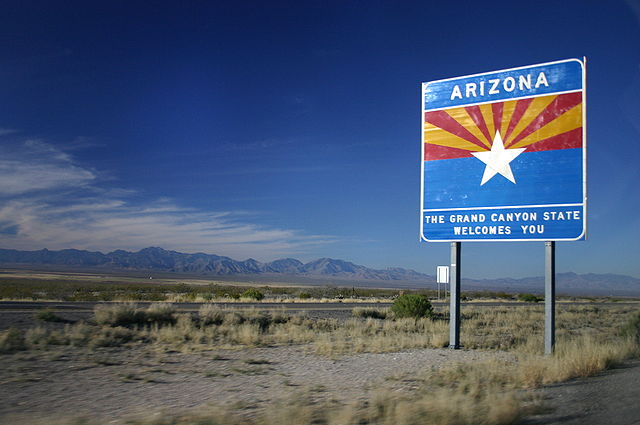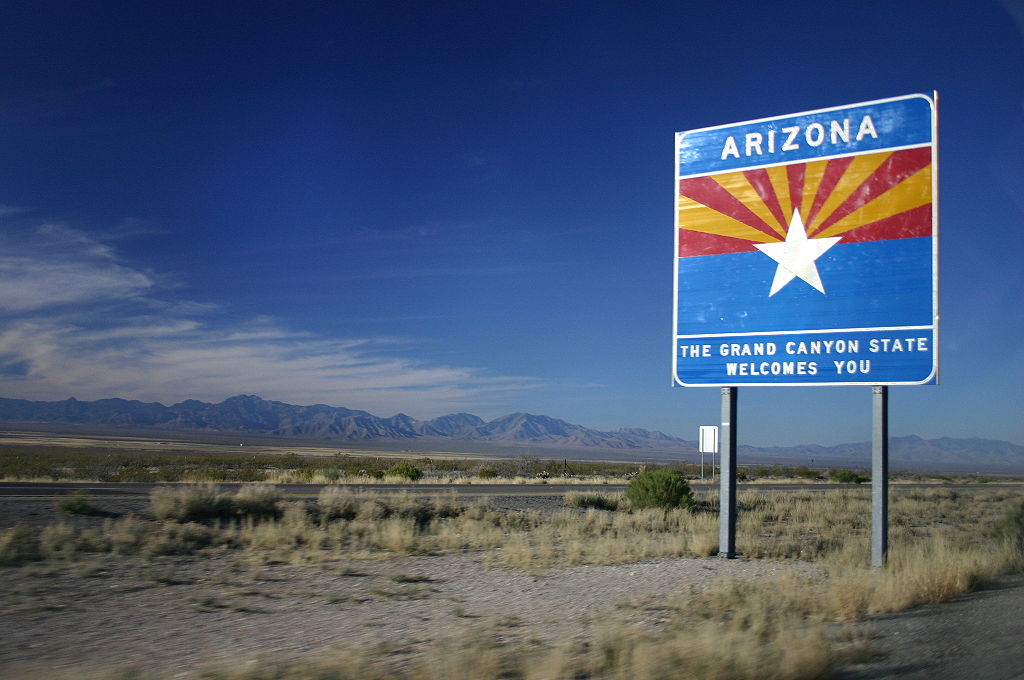Ryan Parham, chief investment officer of the Arizona Public Safety Personnel Retirement System (PSPRS), penned a piece in the Arizona Capitol Times on Thursday defending his fund against claims of being Arizona’s “worst-performing pension plan.”
But Parham says the raw return numbers don’t tell the whole story. Here’s what Parham has to say:
All too often, fiction and gossip move faster than truth and reason. As such, it is often stated by our detractors that our $8 billion portfolio is the state’s “worst-performing pension plan,” which gives the impression that our investment staff is incompetent and responsible for the trust’s sagging pension funding levels.
The truth is: the Arizona Public Safety Personnel Retirement System has an enviable investment record. Prominent industry consultants rank PSPRS among the top 4 percent of all U.S. pension funds in risk-adjusted returns for the past three years. We also join the top 11 percent of all U.S. pension funds for the past five years. While these facts might not make for a provocative headline, they matter to our beneficiaries, our contributors, our staff and our elected officials.
[…]
Last fiscal year, PSPRS outperformed national risk-adjusted averages by one half of 1 percent. It sounds miniscule, but it meant an additional $380 million in value to the trust. Our actively managed strategy is simple: Diversify assets and reduce exposure to publicly traded equities, the greatest driver of market volatility. High-risk strategies and lack of diversification have proven disastrous for PSPRS, as evidenced by $1 billion losses suffered in the 2000-2001 “dot-com” market crash.
While it is true that in recent years PSPRS’ returns have been less than its sister plan, the Arizona State Retirement System (ASRS), it is important to remember our innovative, low-risk, moderate return strategy is by conscious design, due to a pension benefit that PSPRS alone must pay to pensioners. This benefit, called the Permanent Benefit Increase, or “PBI,” siphons and distributes half of all returns in excess of 9 percent to eligible retirees. Not only are these increased payment levels made permanent, the investment gains only serve to increase – not decrease – unfunded future liabilities.
Read the entire column here.
Photo: “Entering Arizona on I-10 Westbound” by Wing-Chi Poon – Own work. Licensed under CC BY-SA 2.5 via Wikimedia Commons

